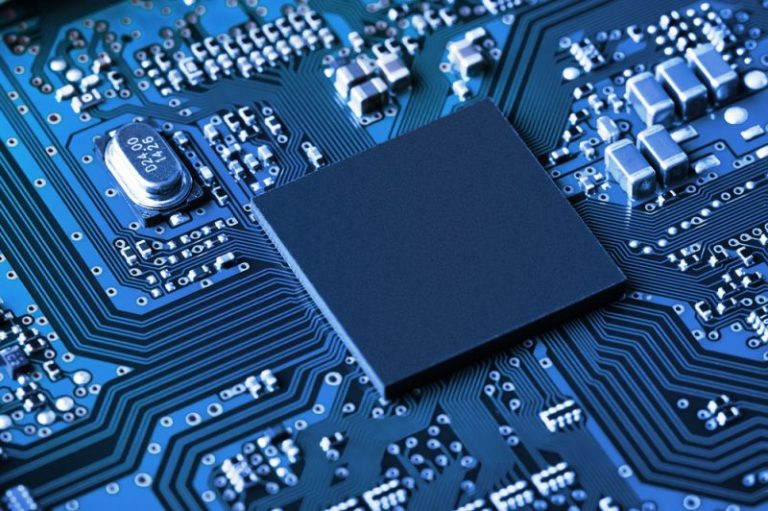
Silicon Photonics and its Potential for Extreme Data Connection Speeds

The ever-increasing need for efficiency has driven development of new silicon chips fitted with optical technology to replace existing copper data cables. Known as silicon photonics, the technology includes fitting lasers and other optical components to silicon chips, replacing the components traditionally used to deal with electrical signals.
The initial versions of the chips, designed for interconnecting servers in a data center, are capable of transmitting data at a speed of 100 gigabits per second through a cable only 5 mm in diameter. The new cables are an upgrade to existing copper cables, which carry data at speeds of up to 40 gigabits per second. In the future, versions of silicon photonics technology have the potential to be developed for use outside data centers, replacing the 5 gigabit standard used in common consumer products.
Silicon photonics increases the speed of communication between data center servers and has potential to significantly reduce costs of running data centers and other optical infrastructures. The new optical cable technology is capable of replacing more than 10 of the currently used copper PCI-E cables used to connect servers on the same rack. With fewer cables, critical air flow used to cool the servers will meet with less impediment, meaning less energy is required to manage temperatures. With cooling accounting for roughly half the cost of maintaining a data center, increases in cooling efficiency should translate to decreases in cost.
To upgrade existing data centers, servers will need to be fitted with a new circuit board containing several silicon chips. The chip’s purpose is to convert a computer’s electronic signals to optical signals required to travel down the fiber, and back again on the receiving end.
Pricing and availability of silicon photonics has not yet been announced and is still being heavily researched, though it’s reported that Facebook, Microsoft and Amazon have been expanding their data center investments and are likely to be interested in new optimization technologies.






